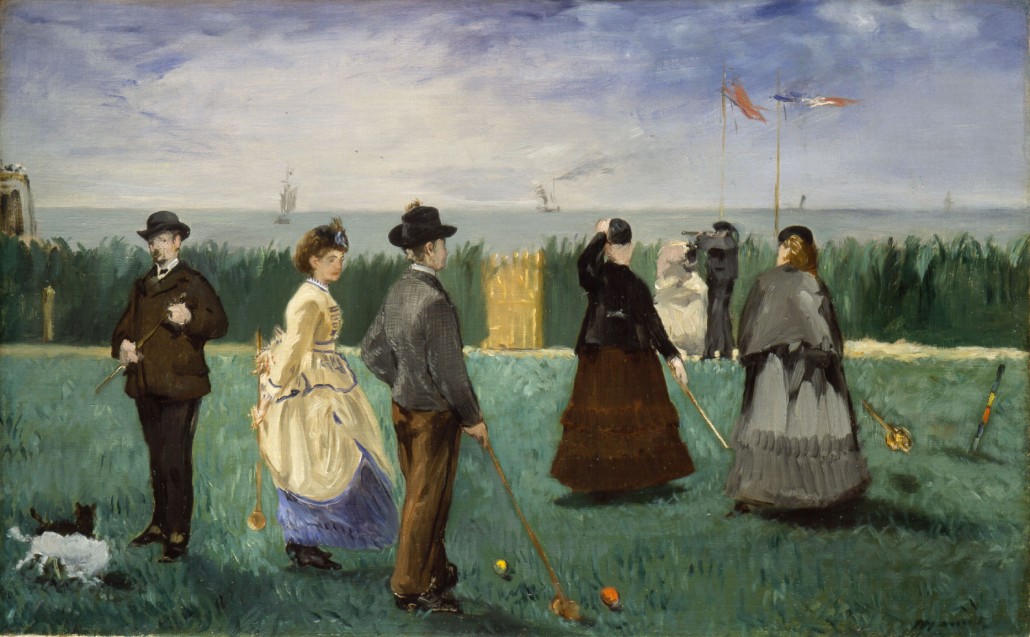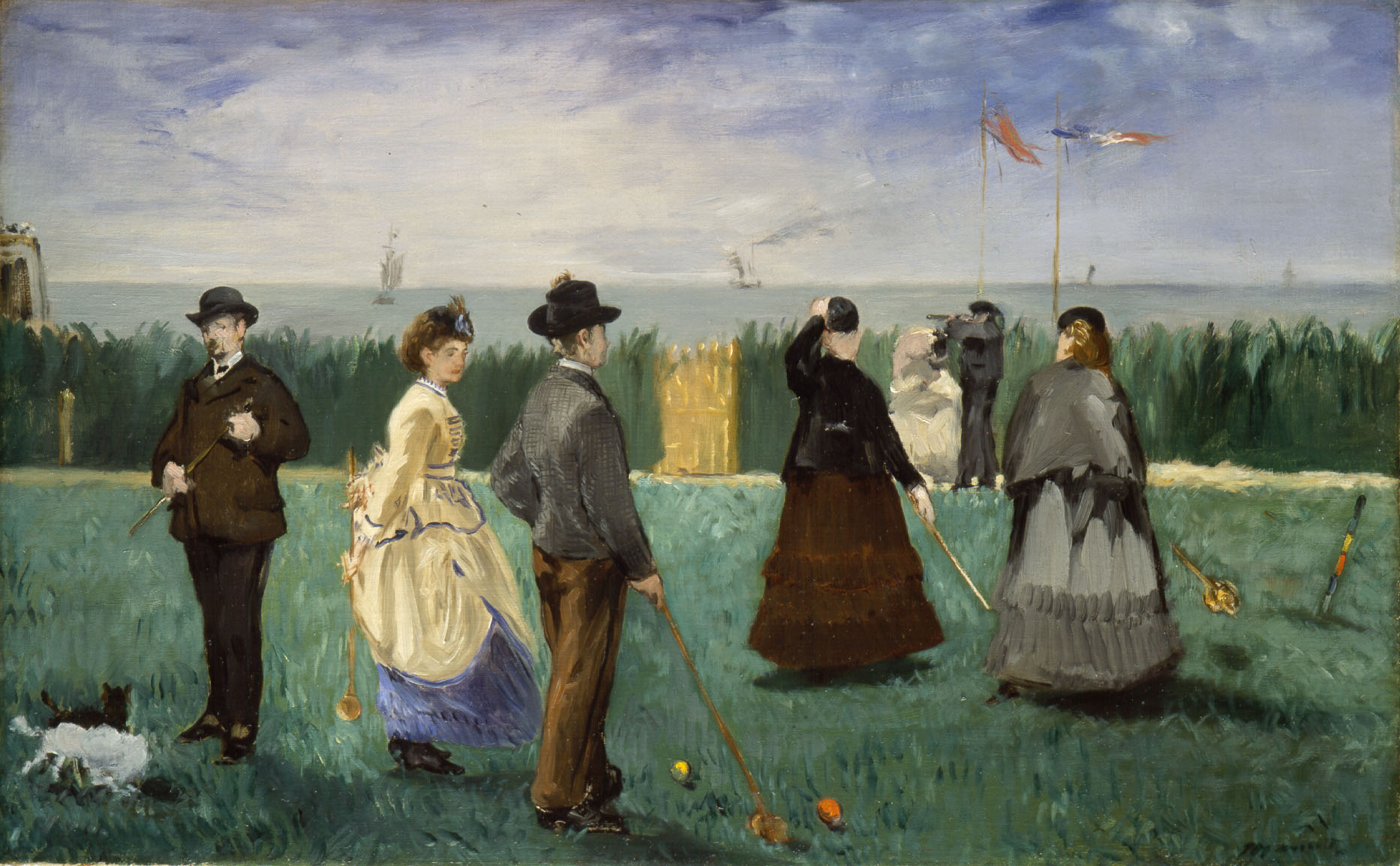
KANSAS CITY, Mo. – The Committee on Collections routinely meets at The Nelson-Atkins Museum of Art to review and recommend works for acquisition into the museum’s collection. June’s meeting was monumental, with the presentation of the Marion and Henry Bloch Collection of Impressionist and Post-Impressionist art. The viewing took place in one of the museum’s conservation labs with Henry Bloch and three of his grown children present.
“The vote to bring into the museum’s collection these great works of art is a once-in-a-lifetime experience,” said Julián Zugazagoitia, CEO and director of the Nelson-Atkins. “While this has been in the making for many decades, still it was a historic moment to see Henry present his gift to the Committee on Collections. It is truly a transformative act of generosity, and we look forward to sharing these treasures with everyone in Kansas City once the gallery renovation is complete.”
Bloch told personal stories about acquiring many of the paintings, after which the committee voted unanimously to recommend to the board of trustees that the art enter the Nelson-Atkins’ collection. The board enthusiastically ratified the gift.
With the Bloch Collection now at the museum, specialists can begin deeper research and preparation of the works before they are on public display. Curators and conservators will conduct studies to further the scholarly knowledge around these masterpieces of French painting. Their findings will enhance understanding, both for display and for the French painting collection catalog, which is currently under way.
The art will be integrated with the museum’s European collection, a project that is the result of a thoughtful planning process and strategic initiative. As part of accepting the Bloch Collection into the Nelson-Atkins collection, the museum has begun an $11.7 million renovation, funded by the Marion and Henry Bloch Family Foundation. The northeast quadrant of the plaza level will be closed during the construction period, but other galleries on that level will remain open. The rest of the museum will not be affected by the renovation and will be open as usual. The new galleries are expected to open in early 2017.
The collection was showcased during the 2007 opening of the Bloch Building and bequeathed to the museum under the leadership of Director Emeritus Marc F. Wilson in 2010, as part of the museum’s 75th anniversary call for art.
The collection of 29 masterpieces represents acquisitions assembled by the Blochs over a period of more than 20 years. The result of careful research and consultation with curators and conservators, the collection is a balanced selection of superlative works from the seminal artists of the Impressionist and Post-Impressionist periods. Among the famed pieces are Édouard Manet’s The Croquet Party, Vincent van Gogh’s Restaurant Rispal at Asnières, Paul Gauguin’s The Willow Tree, and Paul Cézanne’s Man with a Pipe.
There are three works by Camille Pissarro and Eugène Boudin and two by Alfred Sisley, along with individual paintings by Gustave Caillebotte and Claude Monet. Impressionist portraits are represented by Edgar Degas, Pierre-Auguste Renoir and Berthe Morisot, one of the first women to join the Impressionists as a professional painter. Degas’ beloved dancers are here in two mediums – in the beautiful pastel Dancer Making Points and the petite bronze Grand Arabesque, Third Time. Cézanne’s Man with a Pipe and van Gogh’s Restaurant Rispal at Asnières are two examples of masterpieces that the Blochs were able to secure at auction. A Cézanne landscape, Quarry at Bibémus, is complemented by an important landscape by Gauguin, The Willow Tree. There are also paintings by the stylistically revolutionary George Seurat and his follower Paul Signac.



